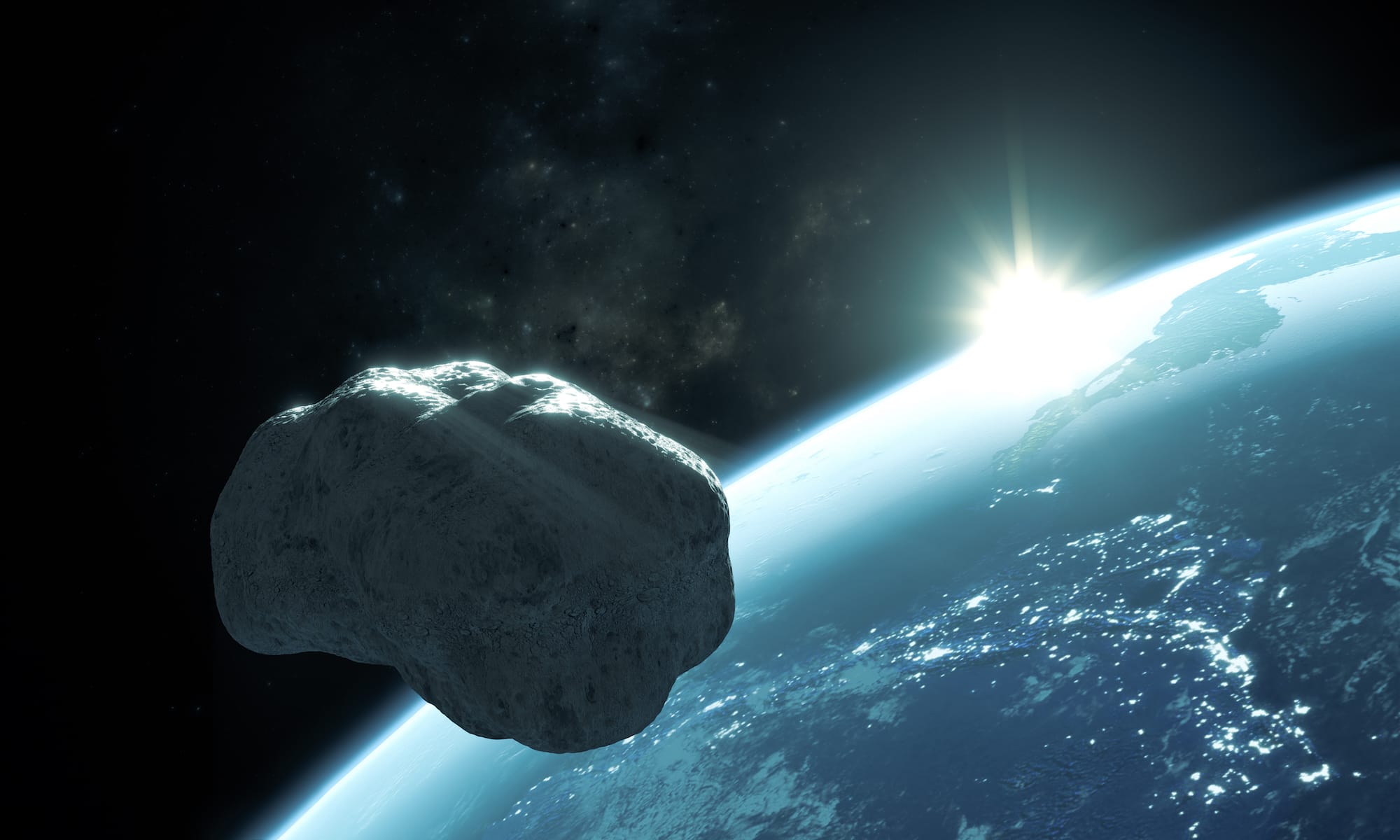The BepiColombo mission, a joint endeavor by the European Space Agency (ESA) and the Japan Aerospace Exploration Agency (JAXA), has made significant strides in its exploration of Mercury. Recently, the spacecraft completed its sixth flyby of the planet, an event that has generated excitement within the scientific community. This flyby not only serves as a crucial maneuver for the spacecraft to gain speed and adjust its trajectory but also provides an opportunity to capture high-resolution images of Mercury’s surface.
The first of the top three images captured during this flyby showcases a region of Mercury known as the “Caloris Basin.” This vast impact crater, one of the largest in the solar system, measures approximately 1,550 kilometers in diameter. The image reveals intricate details of the basin’s structure, including its rugged terrain and the concentric rings that characterize its formation. The high-resolution data collected during this flyby will aid scientists in understanding the geological history of Mercury, particularly the processes that led to the formation of such large impact features.
The second image highlights a unique geological formation known as “hollows.” These features, which appear as shallow, bowl-shaped depressions, are thought to be the result of volatile materials escaping from the surface. The image provides a close-up view of several hollows, showcasing their distinct shapes and sizes. The presence of these features on Mercury has intrigued scientists, as they offer clues about the planet’s composition and the processes that have shaped its surface over time. The data obtained from this flyby will contribute to ongoing research into the formation and evolution of hollows, enhancing our understanding of Mercury’s geological activity.
The third image focuses on the planet’s polar regions, where the spacecraft captured stunning visuals of the ice deposits that exist in permanently shadowed craters. These areas are of particular interest to researchers, as they may contain water ice and other volatiles that could be crucial for future exploration efforts. The image reveals the stark contrast between the sunlit areas and the shadowed regions, highlighting the extreme conditions present on Mercury. Understanding the distribution and composition of these ice deposits is essential for assessing the potential for future human exploration and the resources that may be available on the planet.
The BepiColombo mission is designed to provide a comprehensive study of Mercury, and the data collected during this flyby will be instrumental in achieving its scientific objectives. The spacecraft is equipped with a suite of advanced instruments that allow it to analyze the planet’s surface, magnetic field, and exosphere. As BepiColombo continues its journey toward Mercury, it will conduct additional flybys of both Earth and Venus, ultimately entering orbit around Mercury in the coming years.
The significance of these images extends beyond mere aesthetics; they represent a wealth of scientific information that will enhance our understanding of Mercury’s formation and evolution. The insights gained from the BepiColombo mission will not only contribute to our knowledge of Mercury but also provide valuable context for understanding other rocky planets in our solar system.
As the mission progresses, scientists will continue to analyze the data collected during this flyby and compare it with previous observations. This iterative process of data collection and analysis is crucial for building a comprehensive picture of Mercury’s geological history and its place within the solar system.
In conclusion, the sixth flyby of Mercury by the BepiColombo spacecraft has yielded three remarkable images that highlight the planet’s diverse geological features. From the expansive Caloris Basin to the enigmatic hollows and the icy polar regions, these images provide a glimpse into the complex processes that have shaped Mercury over billions of years. As the mission continues, the scientific community eagerly anticipates further discoveries that will deepen our understanding of this intriguing planet.


